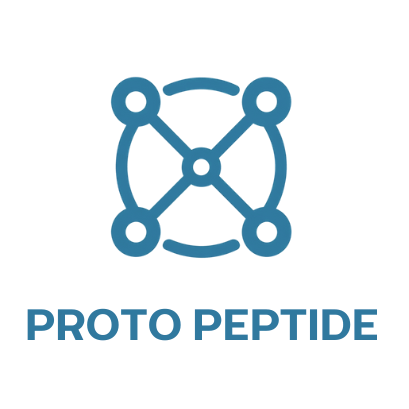Reconstitution of Peptides: Best Practices for Precision and Stability in Research
In the realm of peptide research, reconstitution is a critical step that can directly influence the outcome of your experiments. Reconstitution refers to the process of dissolving a lyophilized (freeze-dried) peptide into a suitable solvent to prepare it for laboratory use. The choice of solvent, handling environment, and technique all contribute to the stability and efficacy of the peptide in its active form.
Choosing the Right Solvent: The solvent selection should be guided by the peptide’s solubility characteristics. Common options include bacteriostatic water, sterile saline, or acetic acid, but for more hydrophobic peptides, organic solvents such as DMSO may be required. Always consult the peptide datasheet or solubility chart to ensure compatibility.
Minimizing Degradation: Peptides are sensitive to temperature fluctuations, pH extremes, and light exposure. Reconstitution should occur in a sterile, cool, and dimly lit environment. Use a sterile vial and ensure that the peptide is reconstituted slowly by adding the solvent along the inner wall of the vial to prevent foaming or rapid degradation.
Storage and Stability: Once reconstituted, peptides should be stored in a refrigerator (2–8°C) for short-term use or aliquoted and frozen at -20°C or below for long-term storage. Avoid repeated freeze-thaw cycles, which can lead to molecular breakdown and reduced effectiveness.
Proper peptide reconstitution preserves integrity and maximizes reproducibility in laboratory research. Following best practices not only ensures safety but also helps in obtaining reliable and consistent results.
Avoiding Common Mistakes in Laboratory Preparation
Peptide research requires precise and careful preparation to maintain the molecule's structure and function. One of the most frequent areas of error is during the reconstitution process, where improper handling or solvent use can degrade the peptide and compromise research outcomes.
Common Mistakes to Avoid:
- Using the Wrong Solvent: Not all peptides dissolve in water. It’s important to consult solubility data and use appropriate agents like acetic acid, DMSO, or saline when needed.
- Shaking or Vortexing the Vial: This can cause peptide breakdown. Instead, allow the solvent to run down the side of the vial and mix gently by swirling.
- Exposing Peptides to Warm Temperatures or Light: Always reconstitute in a cool, shaded environment to prevent degradation.
Storage Tips: After reconstitution, aliquot peptides into small volumes to avoid repeated freeze-thaw cycles and store them at -20°C or lower.
Avoiding these pitfalls ensures that your peptide samples remain active and suitable for high-quality scientific research.
Disclaimer
This content is intended for informational and educational purposes only and is not intended to promote or sell any product. It is not a substitute for professional medical advice, diagnosis, or treatment. Always consult with a qualified healthcare provider before starting any new supplement or research compound. The statements provided have not been evaluated by the FDA or Health Canada and are subject to change as scientific understanding evolves.
